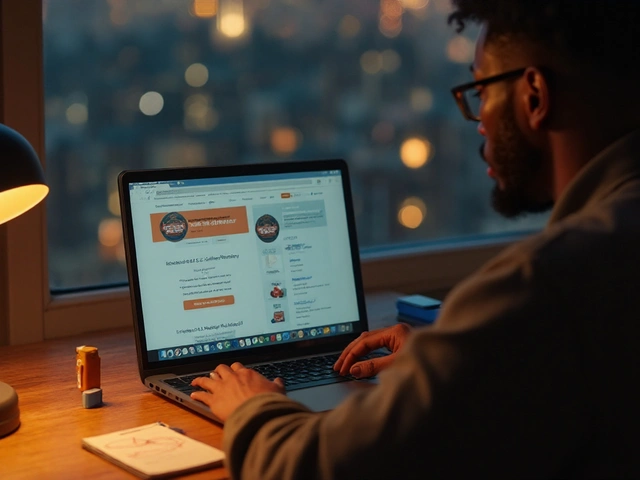Telemedicine: Safe Online Care, Prescriptions & Tips
Telemedicine can save time, avoid waiting rooms, and get you a real prescription without leaving home. But not every app or online clinic works the same. Here’s a practical guide to help you choose safe virtual care, protect your privacy, and know when you should see someone in person.
How to pick a safe telemedicine service
Start by checking the provider’s credentials. Look for a clear display of the clinician’s name, license, and board certification. If the site hides those details, move on.
Next, confirm licensing rules. Many doctors can treat patients only in states where they’re licensed. Good platforms say which states their clinicians serve. If you need cross-state care, ask how they handle licensing and follow-up.
Watch for transparent pricing. A trustworthy telehealth service lists consultation fees, follow-up costs, and whether prescriptions or lab orders carry extra charges. If pricing is vague or too-good-to-be-true, that’s a red flag.
Protect your data. Use services that use encrypted video and have a visible privacy policy. Avoid platforms that ask for unnecessary personal info like social security numbers up front.
- Verify clinician credentials and state license.
- Check clear pricing and refund policies.
- Use encrypted connections and read the privacy policy.
- Avoid services that promise controlled meds without an exam.
Managing prescriptions and online pharmacies
Many telemedicine visits end with a prescription. If you need medication, ask whether the platform sends prescriptions to a local pharmacy or an online pharmacy. For antibiotics or specialty drugs, confirm shipping rules and prescriptions are required.
Don’t buy from online pharmacies that skip prescriptions. Legit pharmacies will ask for a valid prescription and show accreditation (for example, NABP or other national seals). If a site sells controlled substances without a prescription, it isn’t safe.
Compare prices but be careful with extreme discounts. Read reviews, check shipping times, and watch for hidden fees. Our site has related guides that dig into buying specific meds online—like safe options for Cefadroxil, Vancomycin, or Ventolin—and reviews of telehealth alternatives you can use to compare services.
Finally, know when telemedicine isn’t enough. If you have chest pain, severe trouble breathing, heavy bleeding, sudden weakness, or signs of stroke, call emergency services or go to an ER. Telemedicine works great for colds, follow-ups, chronic condition check-ins, mental health visits, and many prescriptions—but it’s not a substitute for urgent in-person care.
Use telemedicine smartly: verify who’s treating you, protect your data, confirm how prescriptions are handled, and choose reliable pharmacies. If you want deeper reading, check our tag articles on telehealth platforms, online pharmacy safety, and specific drug guides to make safer choices.

NorthwestPharmacy.com has long been a go-to source for online medication, but several other reliable online pharmacies have emerged in 2025 offering unique features and services. This article explores eight noteworthy alternatives, each with its own pros and cons—from telemedicine integration and free shipping to competitive pricing. We provide detailed insights to help consumers make informed decisions about their pharmaceutical needs, highlighting innovative solutions and convenience offered by each option.
Chris Gore Jan 7, 2025




